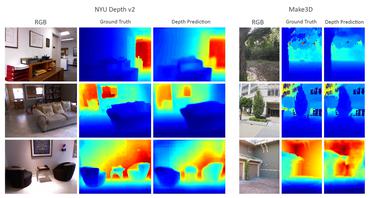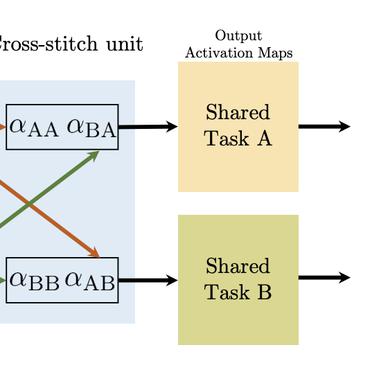Multi-Task Learning-Enabled Automatic Vessel Draft Reading for Intelligent Maritime Surveillance
The accurate and efficient vessel draft reading (VDR) is an important component of intelligent maritime surveillance, which could be exploited to assist in judging whether the vessel is normally loaded or overloaded. The computer vision technique with an excellent price-to-performance ratio has become a popular medium to estimate vessel draft depth. However, the traditional estimation methods easily suffer from several limitations, such as sensitivity to low-quality images, high computational cost, etc. In this work, we propose a multi-task learning-enabled computational method (termed MTL-VDR) for generating highly reliable VDR. In particular, our MTL-VDR mainly consists of four components, i.e., draft mark detection, draft scale recognition, vessel/water segmentation, and final draft depth estimation. We first construct a benchmark dataset related to draft mark detection and employ a powerful and efficient convolutional neural network to accurately perform the detection task. The multi-task learning method is then proposed for simultaneous draft scale recognition and vessel/water segmentation. To obtain more robust VDR under complex conditions (e.g., damaged and stained scales, etc.), the accurate draft scales are generated by an automatic correction method, which is presented based on the spatial distribution rules of draft scales. Finally, an adaptive computational method is exploited to yield an accurate and robust draft depth. Extensive experiments have been implemented on the realistic dataset to compare our MTL-VDR with state-of-the-art methods. The results have demonstrated its superior performance in terms of accuracy, robustness, and efficiency. The computational speed exceeds 40 FPS, which satisfies the requirements of real-time maritime surveillance to guarantee vessel traffic safety.
PDF Abstract

